
Rather than just a silent fade to black in the heavens, the coming solar eclipse can be seen as a cosmic call, reminding us that the High Holy Days and a season of change are coming.
With the Aug. 21 eclipse coming the day before the start of Elul, the month leading into Rosh Hashanah, I have been wondering if the passage of the moon between the sun and the Earth will cast any shadow — or light, for that matter — on how I might prepare for the Days of Awe.
After all, it is not by accident that the new moon of Elul comes so near to the solar eclipse. Because the required alignment of the Earth, moon and sun are the same for both events, a solar eclipse will always fall on (or very close to) a new moon, though obviously not on every new moon, due to the path of the moon’s orbit.
Within the upcoming eclipse’s 60- to 70-mile-wide ribbon of shadow that will race southeast from the West Coast across the United States, even the stars will be visible for a few twinkly moments. But here in Los Angeles only 70 percent of the sun will be eclipsed, making me wonder if the process of moving from light to darkness and back again will help me step from the shadows of the everyday and prepare to meet another Day of Atonement.
When I witnessed a solar eclipse as a kid, standing in my front yard, squinting at the spectacle through a piece of smoked glass (don’t try this today!), I was in total awe. Today, in hopes of capturing some of that feeling again, I have been wondering if the eclipse, coming just weeks before yontif, will be more than just a reminder to get my suit and tallit cleaned. Will it darken my mood around an already complicated and contemplative time? Or will it light the path toward teshuvah and the changes I need to make?
In terms of ordained Jewish responses to celestial events, there are blessings for a rainbow, a shooting star and a new moon. For the sun, there is even a blessing, birkat hachama, said every 28 years. Tellingly, however, there isn’t a blessing for a lunar or solar eclipse.
Looking to the Talmud, I found that the rabbis had a lot to say about solar eclipses. Though they viewed an eclipse as part of the Divine system, and didn’t think there was some kind of sky demon eating the sun, they still felt that “When the sun is in eclipse, it is a bad omen for the whole world.”
Looking for a way to put the heavenly event in comprehensible terms, they came up with this comparison: “To a human being who made a banquet for his servants and put up for them a lamp. When he became wroth with them he said to his servant, ‘Take away the lamp from them, and let them sit in the dark.’ ”
Thinking back to the challenges of a recent 24-hour power outage in my neighborhood, that analogy sounded pretty ominous, especially entering a period when we seek forgiveness and plead for our lives. Would there be a way to move beyond the darkness?
Then I remembered that two days after the eclipse, on the second day of Rosh Chodesh, Elul will begin the period when the shofar is blown every morning at services, except on Shabbat and the day before Rosh Hashanah. The Orthodox Union website says the reason we do this, paraphrasing the prophet Amos, is “to arouse the people to repent” and “to raise people’s awareness and to instill fear.” But instead, why not hear the blasts as reverberations of the eclipse and announcements of a time for change — an Elul light and sound show.
Though watching the growing edge of shadow can make us anxious, knowing that after an eclipse the lights do come back on is a blessing. It is also a spark for us to ask how our own lights might be rekindled, as the High Holy Day machzor says, through acts of turning or repentance, prayer and justice.
A break from the daily order of light can bring us to gloom and doom, but the return to light and awareness would seem to hold much potential for a New Year. On the morning of the eclipse, knowing that the light of the sun will be hidden and then return, I, too, will be ready for change.
Shedding light on the eclipse
On Aug. 21 in Los Angeles, the solar eclipse begins at 9:05 a.m. and ends at 11:44 a.m., with maximum magnitude at 10:21 a.m. The magnitude will be 0.69 (meaning 69 percent of the sun will be covered).
According to NASA, “The only safe way to look directly at the uneclipsed or partially eclipsed sun is through special-purpose solar filters, such as eclipse glasses or hand-held solar viewers.” An alternative method for safe viewing of the partially eclipsed sun is using a paper pinhole projector. (See page 38 to learn how to make one. While using the projector, keep your back to the sun.) Want to watch with others? The Griffith Park Observatory will host an outdoor viewing from 9 a.m. to noon.






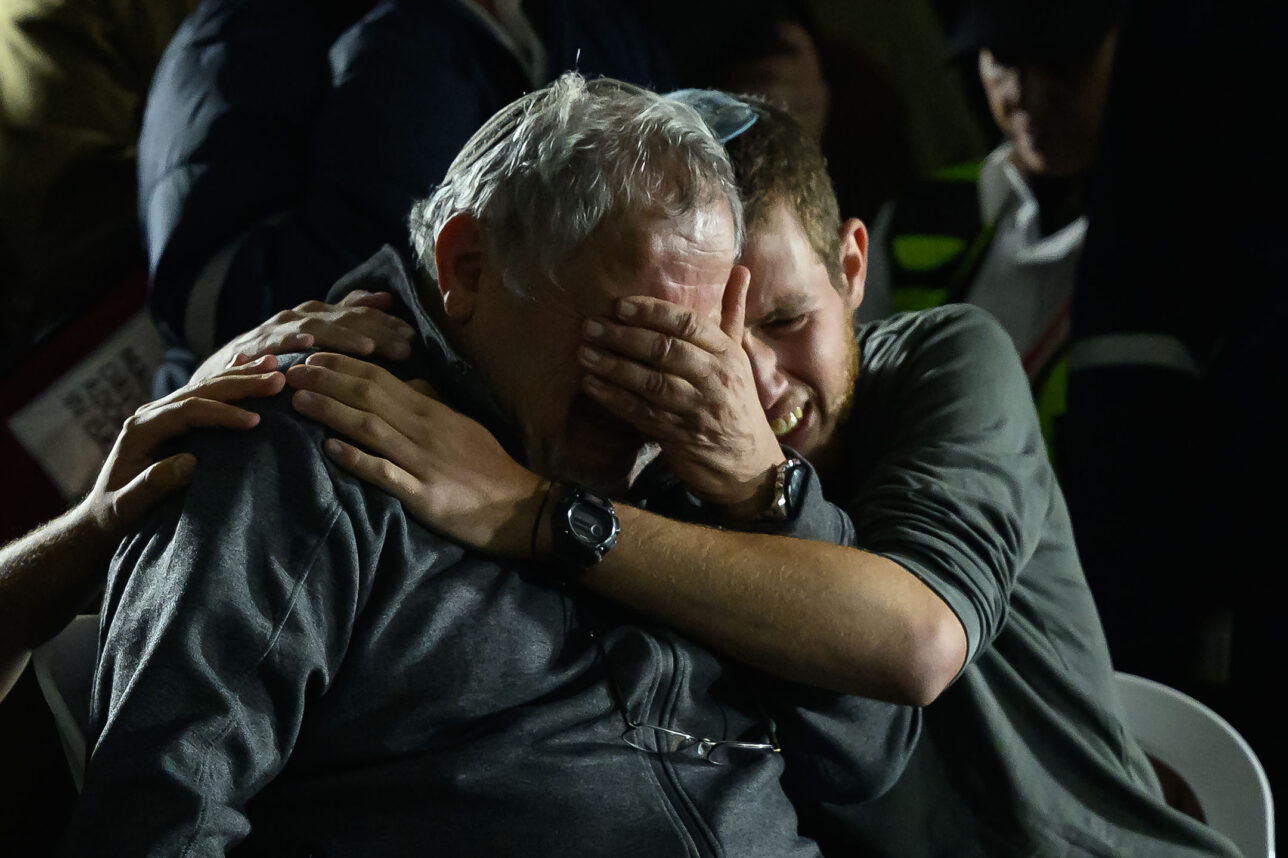
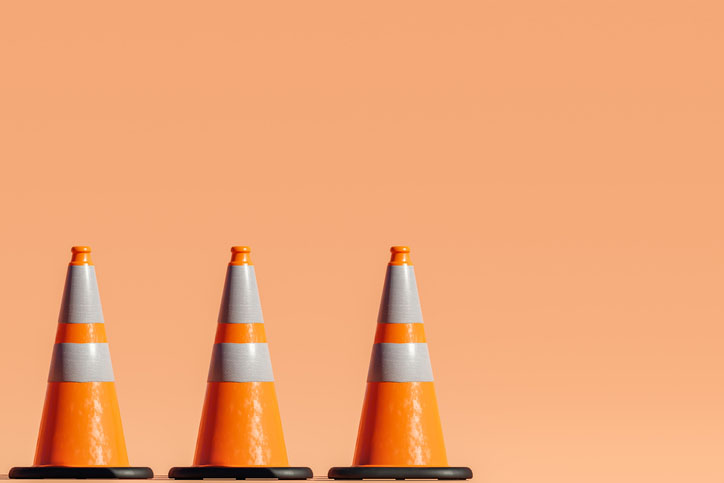


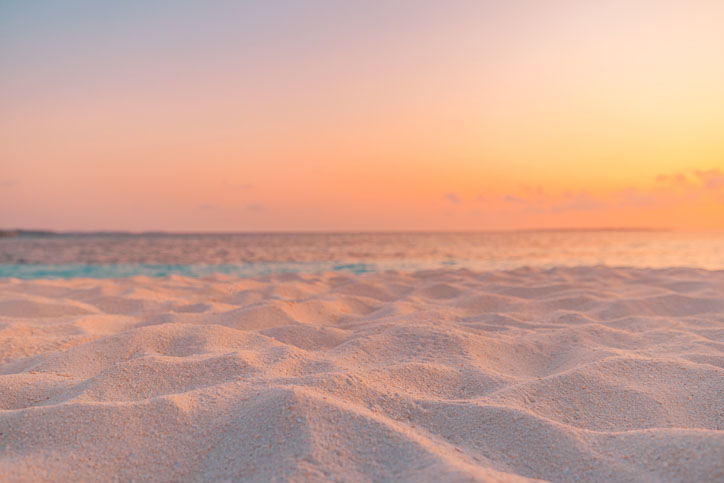
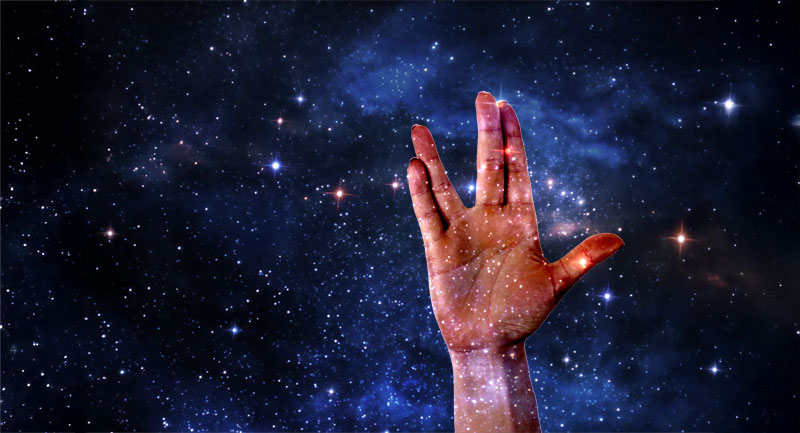
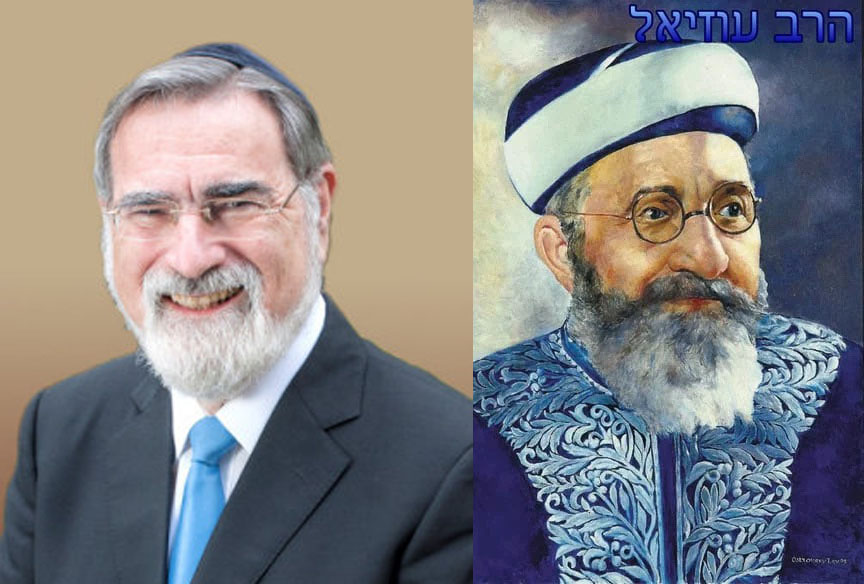
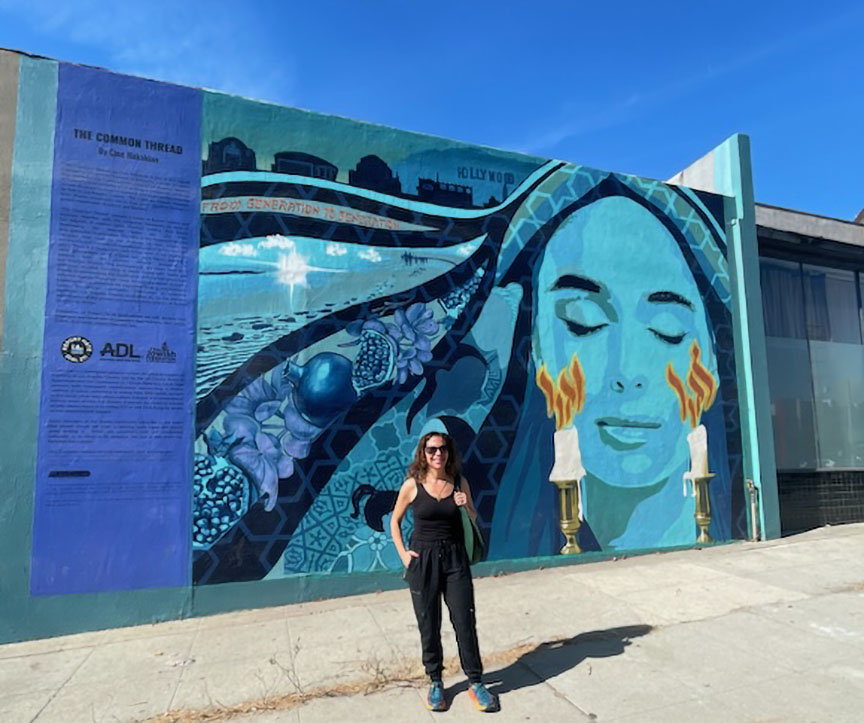
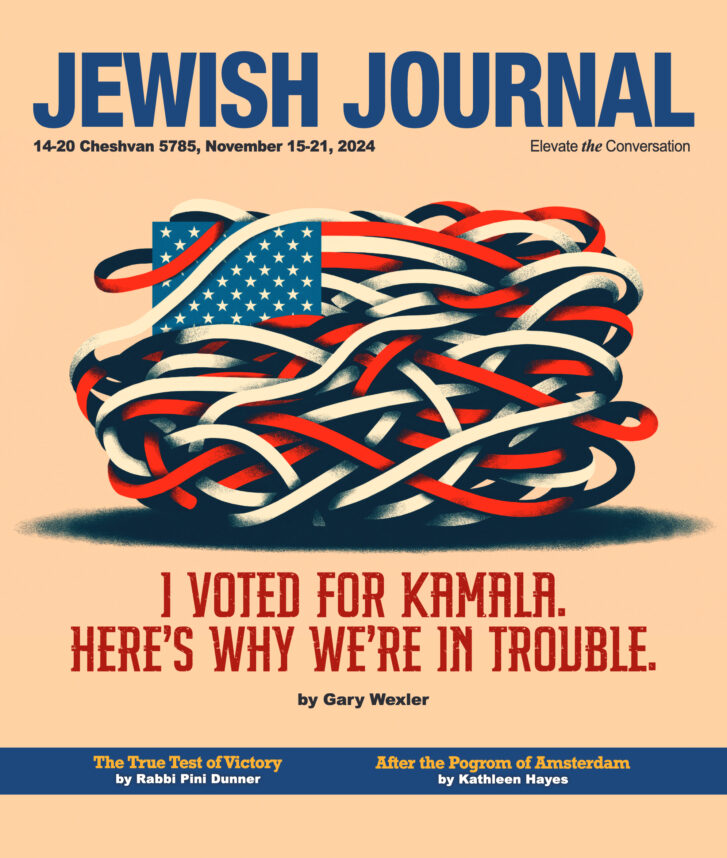






 More news and opinions than at a Shabbat dinner, right in your inbox.
More news and opinions than at a Shabbat dinner, right in your inbox.